When you need to crunch numbers quickly — and I mean really quickly — there's a cool method you can use to multiply two numbers together in just a few seconds.
This is great when you need to speed through multiplication homework, and is also good for impressing your math teacher or peers, or as just a cool party trick (depending on your crowd). Mental math for the win! Now, this trick will only apply in a few multiplication settings, but more on that later.
For the first example, let's calculate the following:
24 x 26 =
Start by taking the first digit of the first number (2 for 24) and multiplying that by the number directly higher than it, which will give you the first digit(s) of the answer. So for 24 multiplied by 26, it would be 2 (first digit in first number) multiplied by 3 (one digit higher) = 6.
This means that 6 is our first digit in the answer.
Now take the second digit of the first number (4 for 24) and multiple that by the second digit of the second number (6 for 26), which will give you the remaining digits of the answer. So for 24 multiplied by 26, it would be 4 (second digit in first number) x 6 (second digit in second number) = 24.
2 and 4 are the the last digits of the answer.
So, 24 x 26 = 624.
Voilà! You're done. That's some next level Harry Potter-style magic, right?
A Few Restrictions
If you thought this method was too good to be true, well, you're right. There are a few restrictions, or caveats, that must be adhered to:
- the first digits of both numbers must be the same
- the last digit of both numbers must equal 10
If you look at the example above, the first digit in each number (24, 26) is 2, and the last digits in each (4, 6) equals 10. Let's do a few more examples to hit this point home.
37 x 33 =
For 37 multiplied by 33, it would be 3 (first digit in first number) multiplied by 4 (one digit higher) = 12.
That means that 1 and 2 are our first digits in the answer.
For the second part of the trick, it would be 7 (second digit in first number) multiplied by 3 (second digit in second number) = 21.
That means that 2 and 1 are the the last digits of the answer.
So, 37 x 33 = 1,221.
122 x 128 =
For 122 multiplied by 128, it would be 12 (first digits in first number) multiplied by 13 (one digit higher) = 156.
So 1, 5, and 6 are our first digits in the answer.
For the second part of the trick, it would be 2 (second digit in first number) multiplied by 8 (second digit in second number) = 16.
1 and 6 are the the last digits of the answer.
So, 122 x 128 = 15,616.
59 x 51 =
Okay, so the above examples were all pretty easy. Now let's try one where the ones digits (the second digits, the ones that are supposed to equal 10) are multiplied together but don't exceed 10. In this case, you would add a zero before the answer.
For 59 multiplied by 51, it would be 5 (first digits in first number) multiplied by 6 (one digit higher) = 30.
That means that 3 and 0 are our first digits in the answer.
For the second part of the trick, it would be 9 (second digit in first number) multiplied by 1 (second digit in second number) = 9. Since this is less than 10, we would add a zero beforehand.
That means that 0 and 9 are the the last digits of the answer.
So, 59 x 51 = 3,009.
For a more visual guide, check out the video below from Roger73026 on YouTube, which has more examples of this math trick in action:
Just updated your iPhone? You'll find new emoji, enhanced security, podcast transcripts, Apple Cash virtual numbers, and other useful features. There are even new additions hidden within Safari. Find out what's new and changed on your iPhone with the iOS 17.4 update.




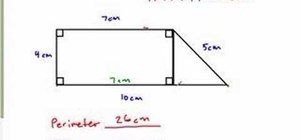
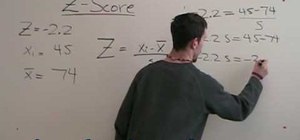


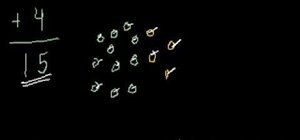
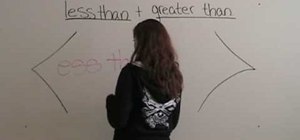
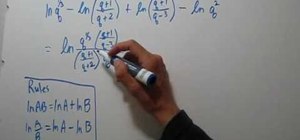


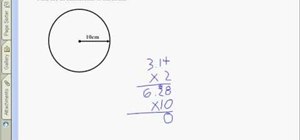
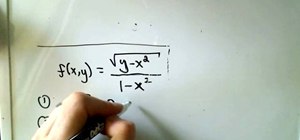
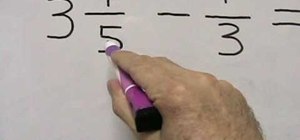

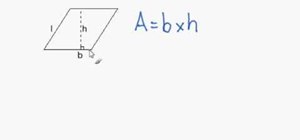

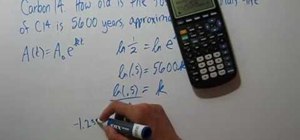
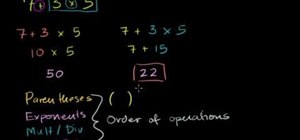
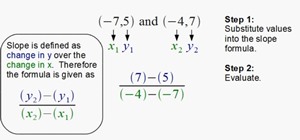
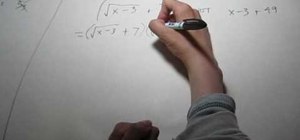
33 Comments
NOWAY
try with : 10 X 10 ???
84 X 88 ???
the last digits have to equal 10
ok
wow
well to solve the theory's problem... you can do it as (15-5)(15-5)=(15X15)-(15X5)-(15X5)-(5)^2 and then use the relation in 15X15... that's a general solution to have last digits adding to 10 with calibrating them to 5, anyone has a much shorter faster solution?
yea watch the whole video it has 2 meet 2 criterea... the first digit on the first number has to be the same as the first digit on the second.. and the 2 second digits have to add to 10... whcih all in all kinda makes this treick useless
Very good!
ok!!!!!!!!!!!!!!!!not too
good
well if ur smart enough to realize that then i guess you dont need this tip then do u? theres always exceptions to the rules; "i before e except after c?" that seems kinda weird doesn't it?
It has its limits Just like finding out the answer to any number multiplied by nine between one and nine. Where you take the number before the number you're trying to multiply with nine then find out what number added to it will equal nine then put the two numbers together and that is your answer. An example is 9 * 7 = 63 The 6 from 63 comes before the 7 from 9 * 7 and 3 added to the 6 will equal 9.
it kink of sucks because it would be a coincidence to run in to such a math question
yah you can teach this to children for trick purposes
try this:condition :two no. are of even dist.
ex:37*33 mid value =35
sq. 35 = 1225
37*33 = sq.35-dist b/w ywo digit i.e.4 = 1221
2 much of a coincidence needed 2 b of any use
very good
pretty cool!
its good to know some tricks
=)
pretty cool
Never thought i'd say this to a guy, but. I love ya man!
Very smart
THIS RULE IS JUST CRAP. IT DOESNT WORK
26 x26
46 x 47
98 x 97
12x19
Please remove this video else you may lend someone in trouble
Great job
hello, can i get any soft ware for this, like abacus solutions
hello can i get maths trick for download like this
not much useful
how to get by this 1415,
1814
cool~ tks a lot :D
very very cool!!!!!!!!!!!!!!!!!!!
smart and when I did it it didn't work!!!!!!!!!!!!!!!!!!!!!!!!!!!!!!!!!!!!!!!!!!!!!!!!!!!!!!!!!!!
very very intersesting and learning
Right is 13224
as per trick 2426=624. So how to solve 3021 & 21*40
Share Your Thoughts